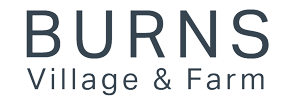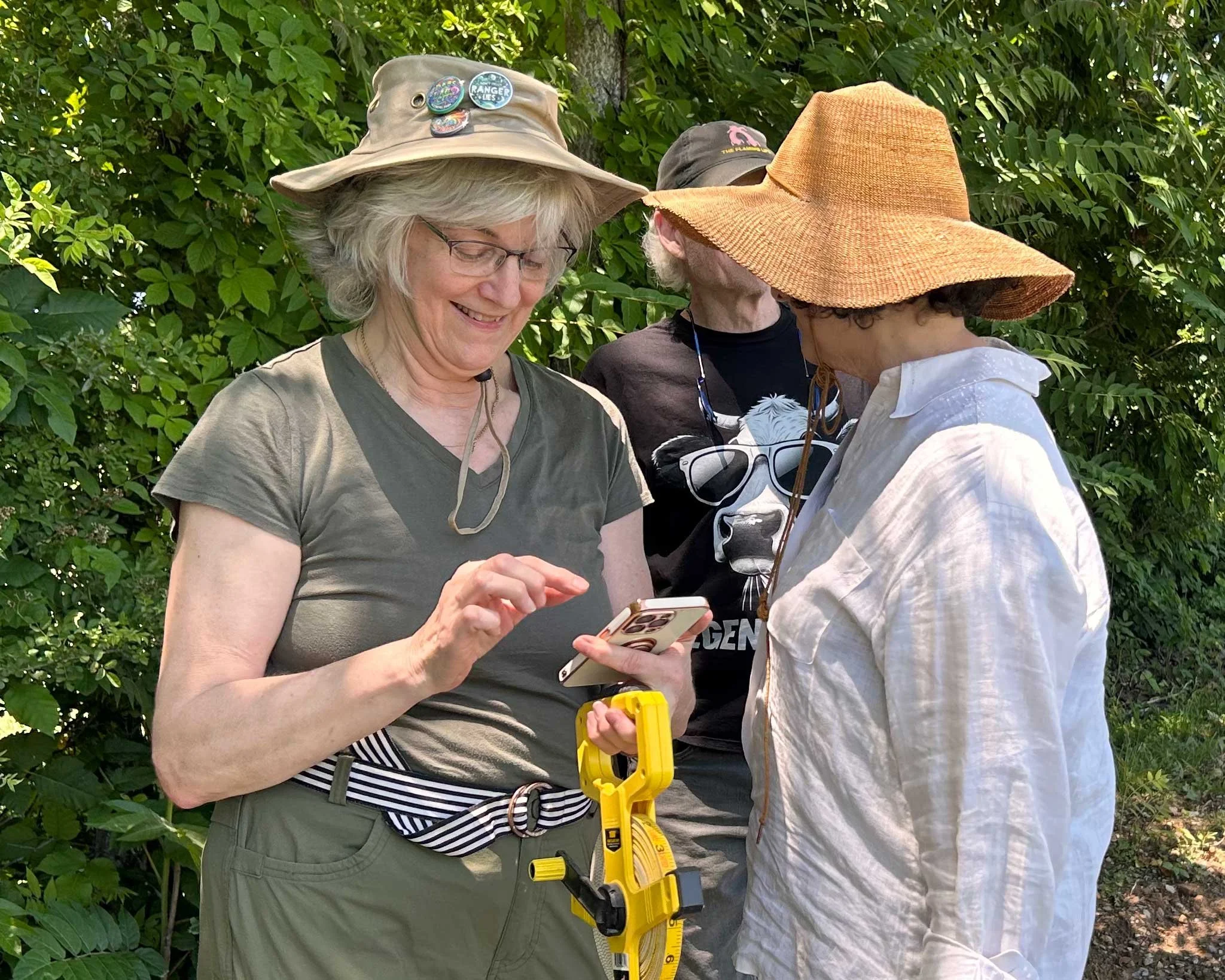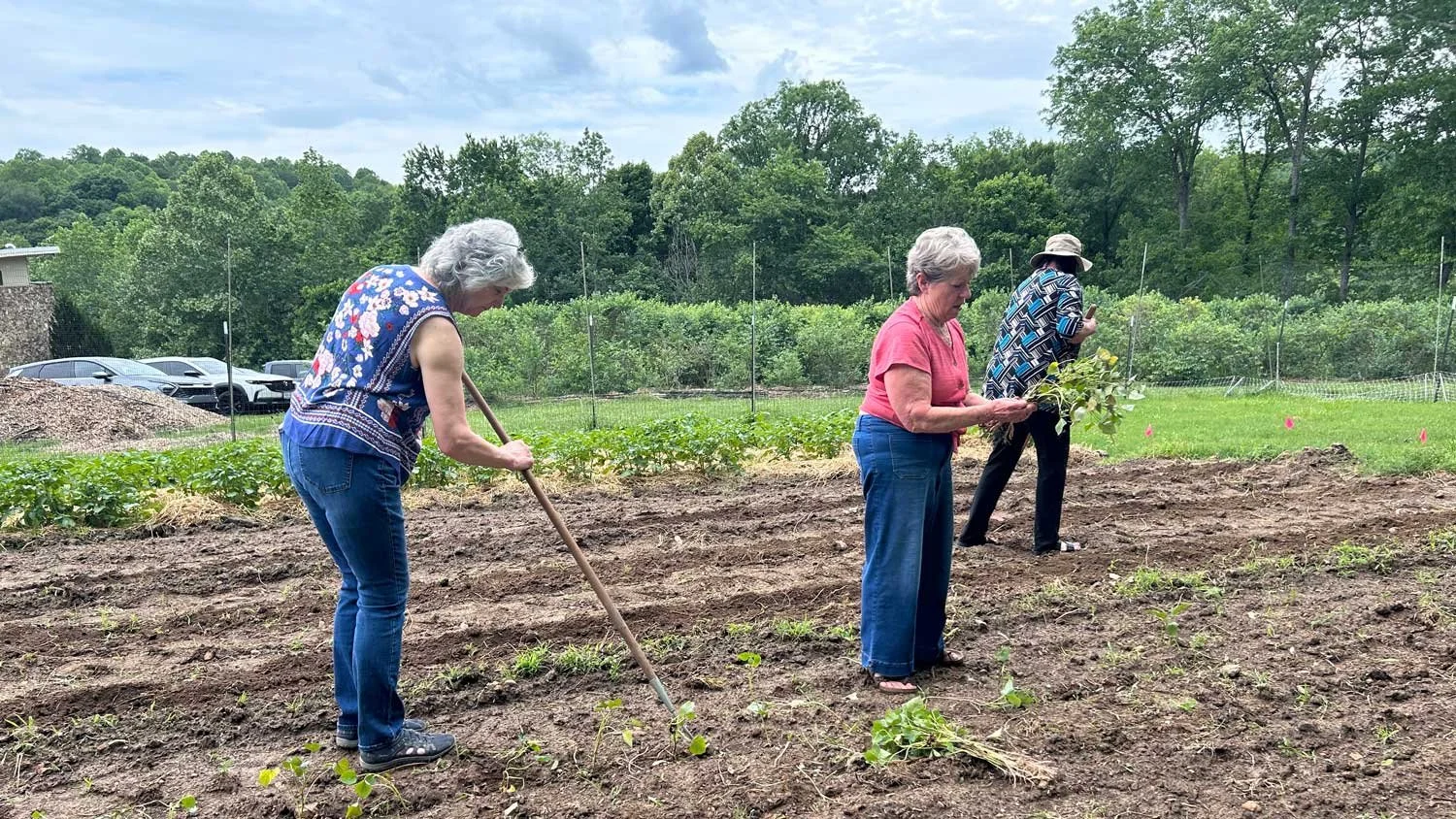From Zoom Calls to Dirt Under Fingernails: Founders Gather for a Working Retreat
Founding members of Burns Village & Farm gathered in person for a retreat, bringing their vision of a thriving cohousing community one step closer to reality. After many months of Zoom calls and planning sessions, the chance to connect face-to-face felt both grounding and energizing.
On May 17–18, the founding members of Burns Village & Farm gathered in person for a retreat, bringing their vision of a thriving cohousing community one step closer to reality. After many months of Zoom calls and planning sessions, the chance to connect face-to-face felt both grounding and energizing.
The group met at John and Rebecca’s home, where they spent time in nature, shared meals, and strengthened the relationships that will sustain this ambitious project. They held a potluck picnic under the “Mother Oak,” a powerful symbol of rootedness and resilience on the future village site.
One highlight? Getting their hands in the dirt, while planting for fun and connection.
As many of our followers know by now, Burns Village & Farm will have a professional farmer to lead the long-term cultivation, but this lighthearted gardening moment reminded everyone why the land matters.
Throughout the weekend, members spoke honestly about expectations, their shared aspirations, and made space for heart-to-heart conversations and ongoing reality checks.
This wasn’t just a retreat. It was a recalibration and a recommitment to building something extraordinary, together.
The village begins long before the homes are built.
We’ve documented this retreat to let those who are curious to see how the community will work. Sit in on a virtual session and see what it feels like to be part of something real, something rising from the ground up.
Join us for an event and discover how Burns Village & Farm is redefining modern living
July 9th at 7:00 - 8:00 pm (CT)
July 19th at 12:30 - 1:30
July 20th at 2:00 - 3:30 pm
Intentional Communities Resources
If you're exploring intentional communities, sustainable living, or alternative housing models, The Cohousing Association of the United States website has a comprehensive library of resources for you. This platform provides valuable insights into cohousing, ecovillages, and other forms of community living.
If you're exploring intentional communities, sustainable living, or alternative housing models, The Cohousing Association of the United States website has a comprehensive library of resources for you. This platform provides valuable insights into cohousing, ecovillages, and other forms of community living.
Here are three noteworthy books featured in their resource collection:
1. Pocket Neighborhoods: Creating Small-Scale Community in a Large-Scale World by Ross Chapin
Architect Ross Chapin introduces the concept of "pocket neighborhoods"—clusters of homes designed around shared spaces like courtyards or gardens. These designs aim to foster close-knit communities while maintaining individual privacy. The book showcases various examples, from historic models to contemporary developments, emphasizing the importance of design in promoting social interaction and sustainability. Read more
2. Cohousing: A Contemporary Approach to Housing Ourselves by Kathryn McCamant and Charles Durrett
This seminal work delves into the cohousing movement, detailing its origins in Denmark and its adaptation in North America. The authors provide case studies of existing communities, architectural plans, and practical advice on establishing and maintaining cohousing projects. The book serves as both an inspiration and a manual for those interested in collaborative living arrangements. Read more
3. Finding Community: How to Join an Ecovillage or Intentional Community by Diana Leafe Christian
Diana Leafe Christian offers a comprehensive guide for individuals seeking to join existing intentional communities. The book covers essential topics such as researching communities, understanding group dynamics, and evaluating whether a particular community aligns with one's values and lifestyle. It also addresses common challenges and provides strategies for successful integration. Read more
Join us for an event and discover how Burns Village & Farm is redefining modern living
July 9th at 7:00 - 8:00 pm (CT)
July 19th at 12:30 - 1:30
July 20th at 2:00 - 3:30 pm
Why Cohousing Isn’t Just Another HOA
When people first hear about Burns Village & Farm, they often ask, “Is this like a condo with an HOA?” It’s a fair question, and one we hear regularly during virtual info sessions and site visits. On the surface, cohousing might sound similar to a condominium setup: private homes, shared spaces, and a group of residents managing things together. But the similarities end there
What You Get in a Condominium HOA
In a typical condo, you own your individual unit, and everyone shares ownership of things like the lobby, pool, or elevator. A board of directors, usually a small group of elected residents, makes most decisions about maintenance, budgets, and community rules. Meetings might be held, but the board holds the final say.
Social interaction? It depends. Some buildings feel like a vertical village; others are more “pass by in the hallway” living. Community isn’t built into the structure, it just happens if you're lucky or very extroverted.
What You’ll Experience in Cohousing
Cohousing flips that script. Yes, you own your own home, but the design and governance are entirely different, by choice.
At Burns Village & Farm, homes will be clustered around shared green spaces to make casual connections a part of everyday life. And then there’s the heart of it all: the Common House. This is where neighbors cook and share meals, host movie nights, plan projects, and unwind together. It's not an amenity, it’s the pulse of the community.
Decision-making isn’t delegated to a board. It’s done together, by consensus. Everyone’s voice matters, and responsibilities are shared. It’s more participatory, more transparent, and more connected.











